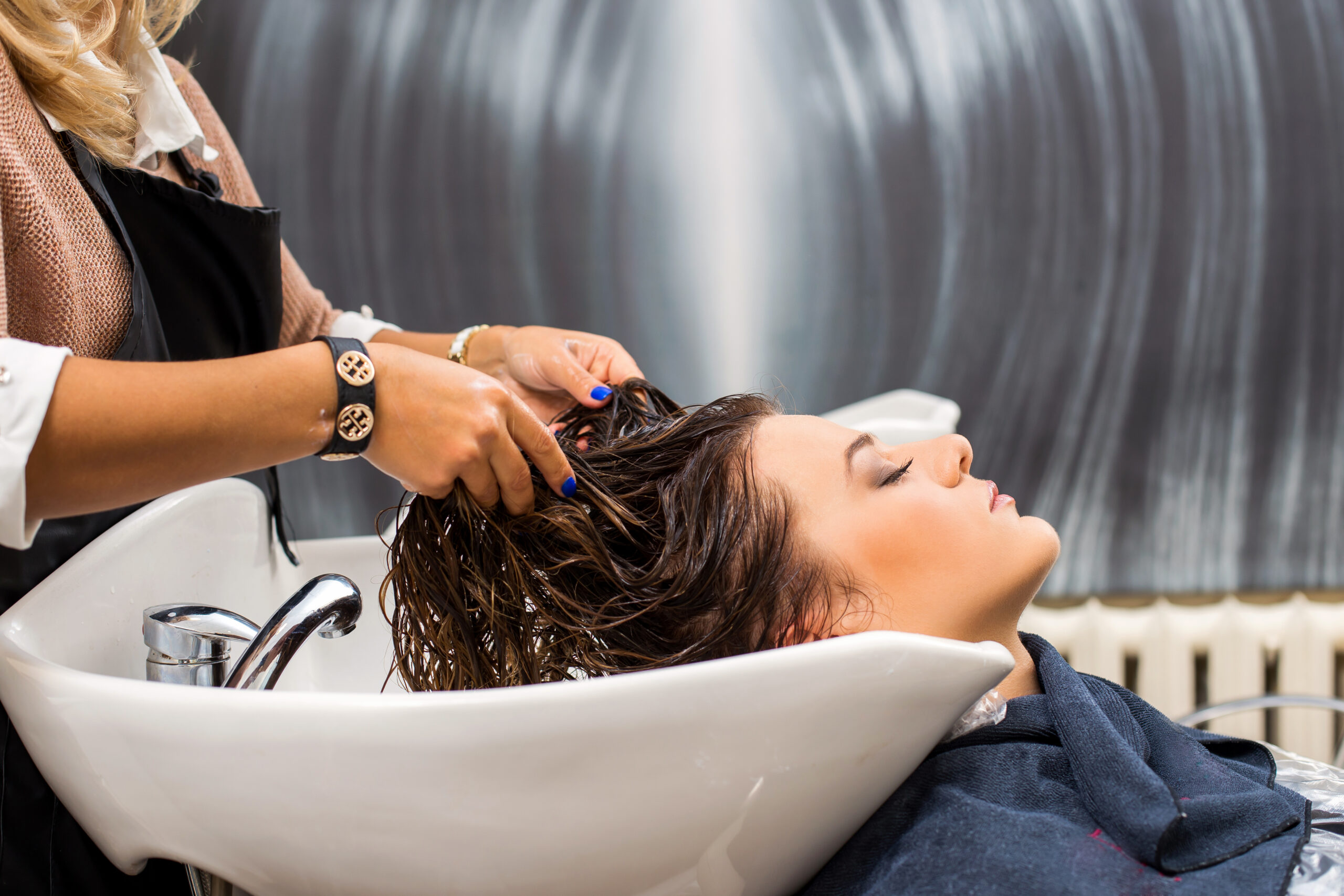The car seat stages are composed of rear-facing harness seat, forward-facing harness seat, and booster seat. Rear-facing seats are considered the safest and are recommended to be used as long as possible by the American Academy of Pediatrics. Forward-facing harness seats, on the other hand, utilize a 5-point harness that supports both shoulders, hips, and crotch area. The movement restriction in these “points†lessen slouching and other possible movements that can be dangerous during a crash.Â
But what about booster seats? There are two types of booster seats, namely highback and backless. They are pretty self-explanatory, with the highback booster being safer since it provides additional neck and back support to the child. However, backless boosters are still useful, especially for travel, because they are less bulky. Â
As you notice, the higher you progress in the car seat stages, the lesser the restriction there is. A rear-facing seat cradles the child, a forward-facing seat uses a 5-point harness, and a booster seat uses the vehicle’s seat belt. So why is there a need to switch to a booster?
What is a Booster?
Booster seats are so-called because they boost your child’s height so that he/she can get the proper seat belt fit. According to this useful source, the shoulder belt should run across the collarbone and chest, while the lap belt should be across the hips and thighs. This proper fitting is vital because the forces during an impact can cause fatal injuries if the shoulder belt rests on the neck or if the lap belt is across the abdomen.Â
Highback Boosters vs Backless Boosters
As we have discussed earlier, highback boosters provide back support that is excellent for guiding children to seat correctly. This is particularly useful, especially if they are asleep to prevent them from slouching uncomfortably. But if your vehicle has a head restraint that reaches the top of your child’s ear, you can also use a backless booster. For practicality reasons, opt for a convertible booster seat.Â
What About “Best Bet†Boosters?
When shopping for a booster seat, you might have come across the term “best bet.†Best Bet is a rating given by the Insurance Institute for Highway Safety (IIHS) on booster seats. IIHS puts car seats in four categories and “best bet†means that the seat can provide a good belt fit on 4 to 8-year olds in any car, minivan, or SUV. You can check their website to know about their tests, but this rating can be a useful basis when choosing a booster seat.
When Should You Switch to a Booster Seat?
Similar to transitioning with any car seat stage, the best time to upgrade on a booster seat is when your child has outgrown his/her harness seat. This means he/she exceeds the height and weight recommendations of the seat. You’ll also notice that the top of your child’s ears are on the same level with the top of the headrest and the harness slots are below his/her shoulders.Â
According to the Centers for Disease Control and Prevention, children will typically outgrow their harness seat at around age 5. A child should use a booster seat until he/she reaches the recommended height for a proper seat belt fit, which is 57 inches.Â
However, another factor that can affect your decision in transitioning your child to a booster is his/her demeanor. A booster seat gives children more freedom in movement compared to the previous car seat stages. He/she is going to be able to slouch or lean sideways, which are dangerous in case of a collision. The ability to sit correctly during the whole car ride takes maturity, and it usually happens even later than 5 years of age.Â
In the meantime, you can opt for a harness seat that has higher weight and height limits. This way, you can keep your child in it longer and wait until he/she is mature enough for a booster seat. Harness seats are also better if your vehicle only has lap-only seat belts in the rear seats. Remember that children under 13 years of age should always ride in the back seats because airbags are dangerous for them.
When Can My Child Ride Without a Booster?
An excellent way to know if your child is ready to lose the booster seat is if he/she is able to do the following:
- Sit with his/her back all the way against the seat.
- His/her knees are bent at the edge of the seat comfortably with feet on the floor.
- The shoulder belt is across the collarbone and the lap belt is on top of the thighs.
- He/she can stay seated this way throughout the entire ride.

















































